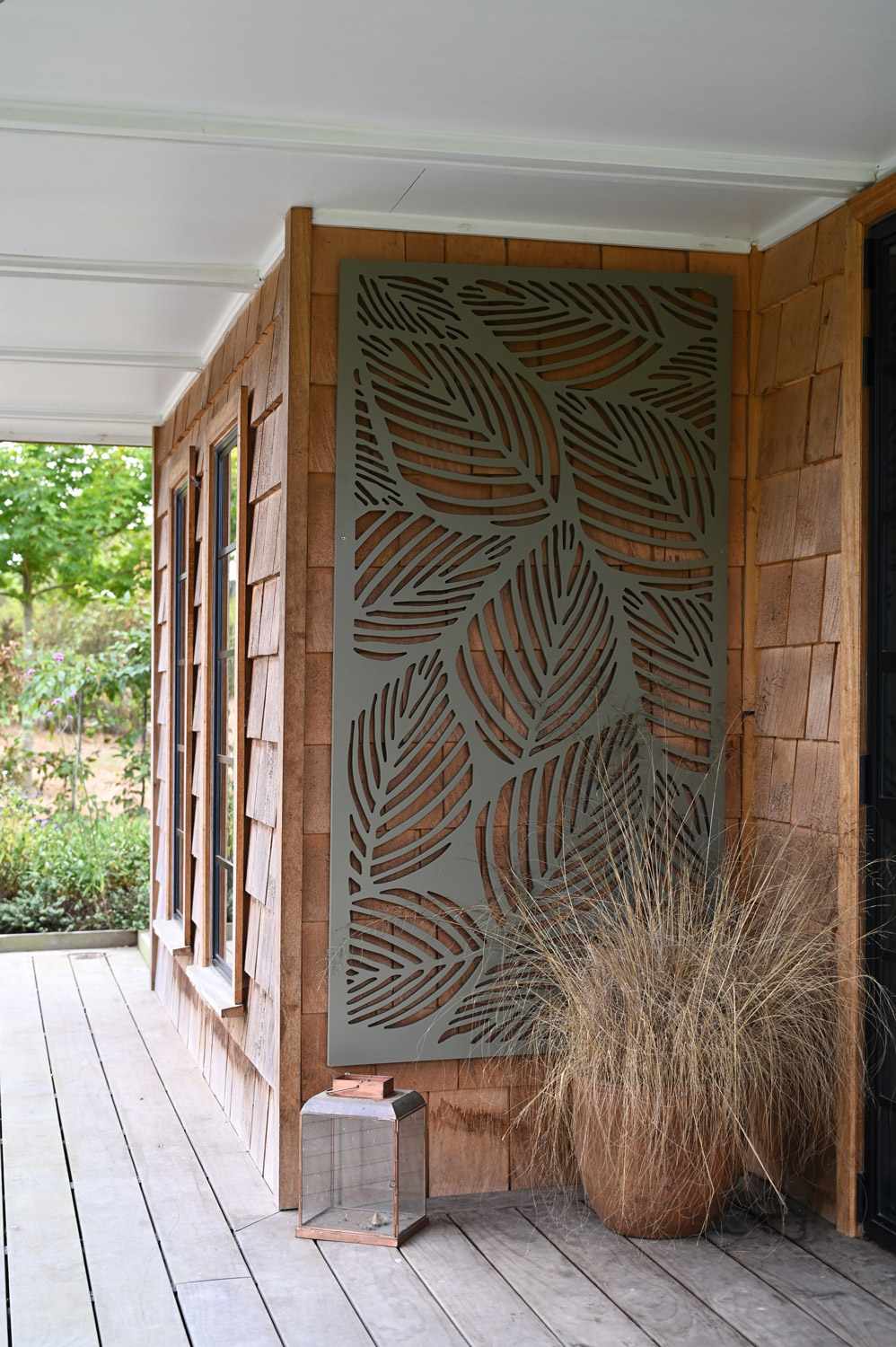What is a Decorative Wood Screen?
Decorative wood screens are functional and aesthetic additions to any space, be it residential or commercial. These versatile pieces not only provide privacy but also enhance the beauty of interiors and exteriors through stunning designs and patterns. As a homeowner who has utilized wood screens in various projects, I can attest to their transformative qualities.
The Benefits of Decorative Wood Screens
Incorporating wood screens into your design can offer numerous advantages. Here are the key benefits:
- Privacy: Wood screens create a sense of seclusion in both indoor and outdoor areas.
- Beauty: With various designs available, they can serve as stunning focal points.
- Versatility: Suitable for any room, be it a living room, bathroom, or garden.
- Space Division: They can effectively divide large spaces without the need for solid walls.
- Acoustic Properties: Decorative screens can help to dampen sound, making spaces quieter.
Types of Decorative Wood Screens
When considering decorative wood screens, it’s important to choose the type that will best fit your space and needs. Here are some popular types:
1. Lattice Screens
Lattice screens are made of crisscrossed wooden slats, offering a light and airy feel while still providing some level of privacy.
2. Cutout Screens
Featuring intricate designs, cutout screens are perfect for adding an artistic touch to your decor.
3. Panel Screens
Panel screens are solid pieces that can serve as a feature wall or room divider.
4. Folding Screens
These portable options can be easily moved and rearranged to create different layouts as needed.
Decorative Wood Screen Design Ideas
Here are some innovative design ideas for incorporating wood screens into your space:
Indoor Use
Living Room Divider
Use a decorative wood screen to separate the living room from a dining area, creating distinct zones within an open floor plan.
Accent Wall
A large decorative screen can act as an accent wall, drawing attention and adding visual interest.
Cozy Reading Nook
Position a wood screen near a window to create a cozy reading nook, providing a sense of privacy.
Outdoor Use
Garden Privacy
In your backyard, decorative screens can offer privacy from neighbors while enhancing your garden’s aesthetic.
Patio Wind Break
Install a wood screen on the patio to block wind, making it a more comfortable gathering space.

How to Choose the Right Decorative Wood Screen
Selecting the perfect decorative wood screen for your space involves a few considerations:
Material
Look for high-quality wood that can withstand wear and tear, especially for outdoor screens. Consider options like cedar or redwood for their durability and natural resistance to decay.
Design and Style
Match the screen’s design with your existing decor. Whether sleek and modern or intricate and traditional, the right design can elevate your space.
Size
Measure your space before purchasing to ensure you select a screen that complements the dimensions of the area.
Functionality
Determine whether the screen will serve primarily as a decorative piece, a functional divider, or both.
Installation Tips for Decorative Wood Screens
Once you have selected the perfect decorative wood screen, it’s time to install it properly. Follow these tips:
Tools Required
- Measuring tape
- Level
- Drill and screws
- Stud finder (for wall installation)
Step-by-Step Installation
- Measure Your Space: Carefully measure the area where you will place the screen.
- Mark Placement: Use a level to mark where the screen will be installed.
- Prepare the Location: If necessary, use a stud finder to locate wall studs for added stability.
- Secure the Screen: Drill and screw the screen into place, ensuring it is level.

Comparison Table: Decorative Wood Screens vs. Other Room Dividers
| Feature | Decorative Wood Screens | Traditional Walls | Fabric Curtains |
|---|---|---|---|
| Privacy | Moderate to High | High | Low |
| Cost | Moderate | High | Low |
| Installation Difficulty | Easy to Moderate | High | Easy |
| Design Variety | High | Limited | Moderate |
| Durability | High | Very High | Low |
Pros and Cons of Decorative Wood Screens
Pros
- Adds aesthetic value to any space.
- Flexible and easy to reposition.
- Provides a variety of privacy levels.
- Available in customizable designs.
Cons
- May require regular maintenance (sealing, staining).
- Potentially less durable than solid walls.
- Cost can add up with intricate designs.

Maintenance Tips for Decorative Wood Screens
To keep your decorative wood screens looking their best, follow these maintenance tips:
Cleaning
Regularly dust the screens with a soft cloth. For deeper cleaning, use a gentle soap solution and avoid harsh chemicals.
Sealing
Every few years, apply a sealant to protect the wood from moisture and UV damage, especially for outdoor screens.
FAQs about Decorative Wood Screens
What types of wood are best for outdoor screens?
Cedar and redwood are excellent choices for outdoor screens due to their natural resistance to rot and insects.
Can decorative wood screens be painted or stained?
Absolutely! Painting or staining can enhance the look of your wood screens and allow you to match your decor.
Are decorative wood screens easy to install?
Yes! Most decorative wood screens can be installed with basic tools and some DIY knowledge.
How do I protect my wood screen from the elements?
Use sealants designed for outdoor wood and ensure your screen is positioned to minimize direct exposure to rain and harsh sunlight.
